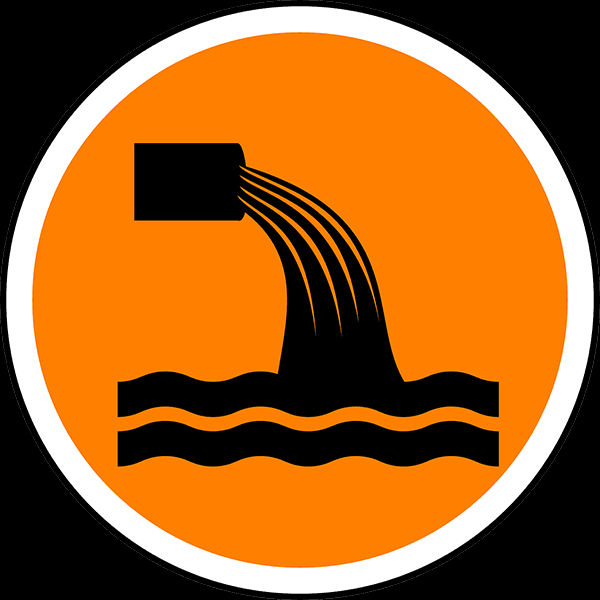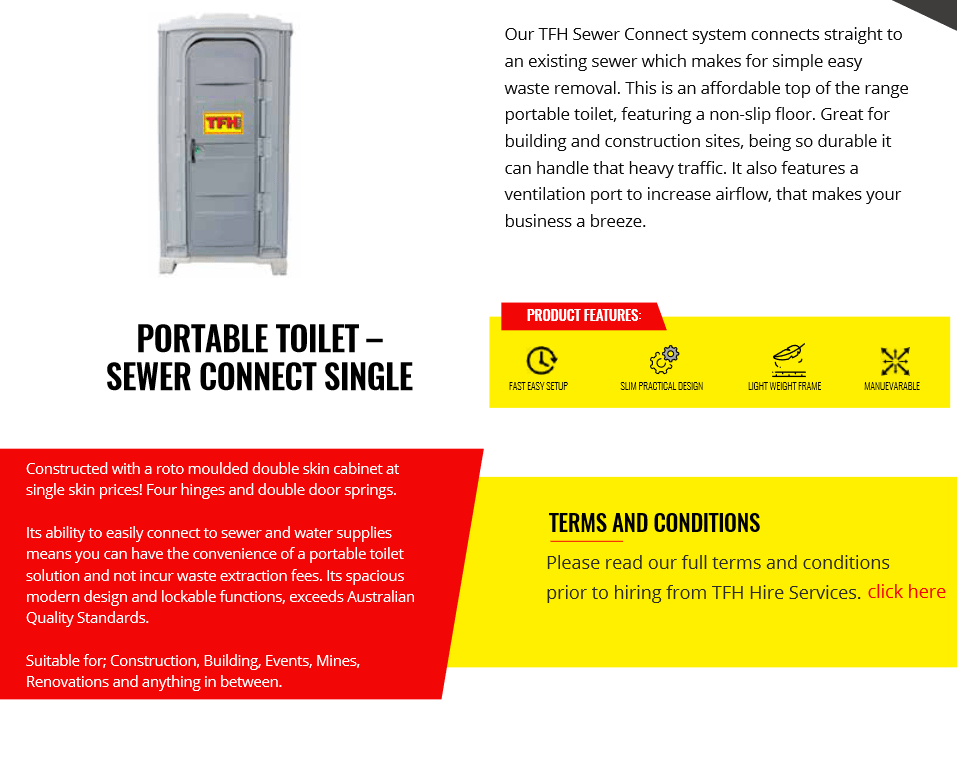Not known Incorrect Statements About Reclaim Waste
Not known Incorrect Statements About Reclaim Waste
Blog Article
Getting My Reclaim Waste To Work
Table of ContentsFacts About Reclaim Waste RevealedReclaim Waste - An OverviewA Biased View of Reclaim WasteThe 30-Second Trick For Reclaim WasteHow Reclaim Waste can Save You Time, Stress, and Money.
Domestic sewer waste refers to the waste and items from a household septic container. The proper monitoring and disposal of domestic sewage waste need fluid waste to be moved to a sewer treatment plant where the appropriate techniques and equipment are applied to cleanse and dispose of waste.
Commercial waste usually includes prospective threats, such as flammable products or a blend of fluid and solid waste items, and requires an advanced and detailed disposal process. The disposal of industrial waste commonly involves the purification of waste before transport to guarantee risk-free and appropriate disposal. Hazardous waste is developed from by-products and drainage of industrial processes and manufacturing.
This sort of waste can not utilize the very same sewage administration transport or processes as septic or industrial fluids. The industrial waste monitoring procedure requires the evaluation and screening of fluid waste prior to it undergoes the disposal procedure (liquid waste removal). Overflow waste is the liquid waste that comes from overflow and excess stormwater in highly inhabited locations or cities
Overflow waste can create contamination and flooding if not handled correctly. Find out more concerning drain cleansing and waste administration. Ensuring proper waste administration can avoid catastrophes and lower ecological injury. Both people in property settings and experts in business or manufacturing industries can take advantage of recognizing the procedures and laws of liquid waste management.
The Only Guide to Reclaim Waste
Contact PROS Providers today to find out about our waste administration and disposal solutions and the correct methods to look after the liquid waste you create.
(https://reclaimwaste1.mystrikingly.com/blog/efficient-liquid-waste-disposal-in-melbourne-why-reclaim-waste-is-your-go-to)Do you recognize what takes place to your water when you disengage, flush the commode or drain pipes the cleaning machine? No? Well, it's worth understanding. This so-called 'wastewater' is not just an essential resource however, after treatment, will certainly be released to our land, waterways or the sea. Used water from commodes, showers, baths, kitchen area sinks, laundries and industrial procedures is called wastewater.

water utilized to cool down machinery or clean plant and devices). Stormwater, a form of wastewater, is overflow that streams from agricultural and urban locations such as roofing systems, parks, yards, roadways, courses and rain gutters right into stormwater drains pipes, after rainfall. Stormwater flows neglected directly to neighborhood creeks or i was reading this rivers, at some point reaching the sea.
Unknown Facts About Reclaim Waste
In Queensland, the majority of wastewater is treated at sewage therapy plants. Wastewater is transferred from residential or industrial sites with a system of drains and pump terminals, recognized as sewage reticulation, to a sewage treatment plant.
The Division of Natural Resources suggests neighborhood governments regarding handling, operating and keeping sewage systems and therapy plants. In unsewered locations, city governments might need owners to set up specific or family sewer treatment systems to treat residential wastewater from bathrooms, cooking areas, shower rooms and washings. The Department of Natural Resources authorises the usage of family systems when they are shown to be efficient.
Most stormwater receives no treatment. In some new communities, treatment of some stormwater to eliminate clutter, sand and crushed rock has actually started utilizing gross toxin traps. Wastewater therapy occurs in 4 stages: Gets rid of solid matter. Larger solids, such as plastics and various other things mistakenly released to drains, are eliminated when wastewater is passed with screens.
Wastewater after that flows into big tanks where solids clear up and are removed as sludge. Grease and scum are skimmed from the surface. Utilizes tiny living organisms referred to as micro-organisms to damage down and get rid of staying liquified wastes and great fragments. Micro-organisms and wastes are included in the sludge. Eliminates nitrogen and phosphorus nutrients that can create algal flowers in our waterways and intimidate water life.
The Reclaim Waste Ideas
Nutrient elimination is not available at all sewer treatment plants since it calls for expensive specialized devices. Clear fluid effluent generated after treatment might still contain disease-causing micro-organisms - industrial wastewater treatment.

This normally implies wastewater has actually to be dealt with or pollutants removed prior to it can be released to waterways. Many wastewater flows right into the sewerage system. Under the Act, city governments carry out authorizations and permits for eco appropriate tasks (Ages) involving wastewater releases that might have a local influence. The department administers authorizations and licences to Periods involving wastewater launches that may have a local or statewide impact.
Little Known Facts About Reclaim Waste.
Otherwise, examples are considered research laboratory evaluation. Often numerous examinations are required to establish the levels of each of the different contaminants such as oils, heavy steels and chemicals in water. Monitoring provides accurate info concerning water top quality and can validate that permit conditions are being met. The details obtained through tracking supplies the basis for making water quality decisions.
Report this page